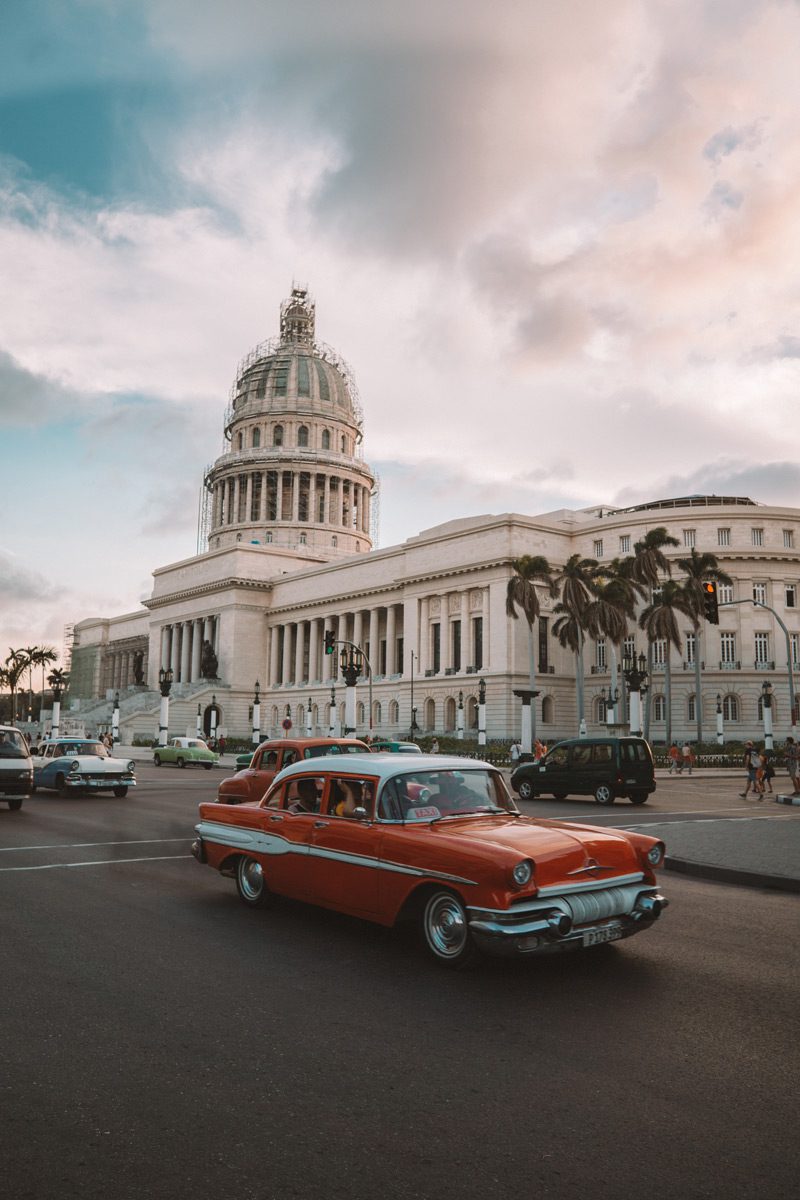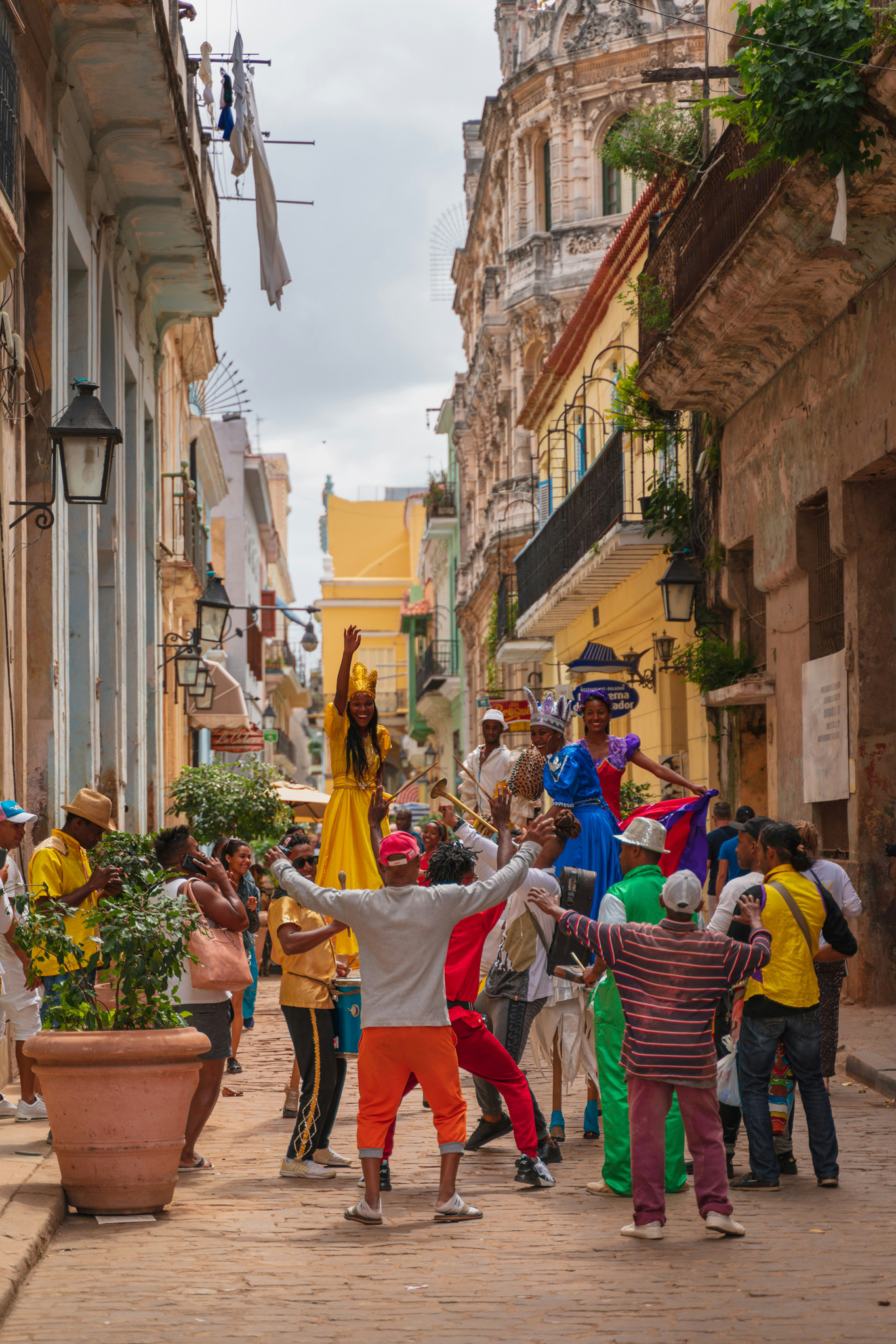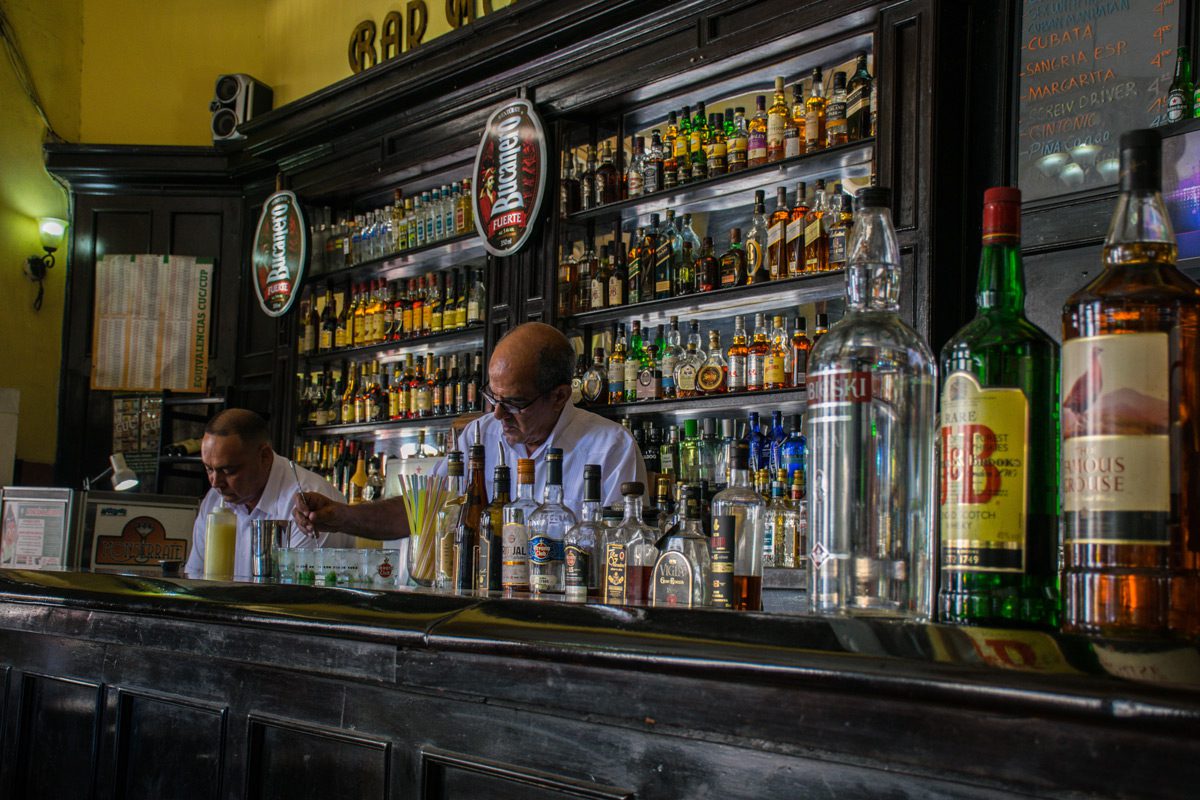Havana, Cuba – Destination Guide
Isolated from the Western world for decades, Cuba is a priceless relic of an era long passed. Since Castro’s rise to power, time has stood still in Havana. With trade embargoes between the US and Cuba crippling the island nation’s economy, its infrastructure remains largely as it did in the 1960s. From vintage American cars to dilapidated colonial architecture, Havana’s charm is its value as a time machine. As you walk along the famed Malecón boulevard, gazing across the Straits of Florida, you might feel like you’ve stepped into a Hemingway tale.
Life is slow in Havana, in a good way. Whether admiring Spanish-influenced architecture or sunbaking on a beach, the pressures of real life seem to disappear in this timeless city. There’s a beauty in Cuba’s uncorrupted soul. After enjoying countless hours at idyllic beach clubs with a piña colada in hand, don’t miss the Che Guevara Mausoleum, the revolutionary’s final resting place. Strolling through Old Havana, you’ll feel a part of a rich global history. From the missile crisis to Cuba’s tourism renaissance, each chapter adds depth to this captivating destination.

Getting There
Flights: Havana’s José Martí International Airport (HAV) is well-connected with major cities worldwide. Direct flights are available from many North American, European, and Latin American cities.
Visas: Most visitors require a tourist visa (known as a tourist card) to enter Cuba. It’s advisable to check the specific visa requirements for your country before traveling.
Accommodation
Havana offers a range of accommodations from luxury hotels to budget-friendly hostels and charming casa particulares (private homestays).
- Luxury: Hotel Nacional de Cuba, Gran Hotel Manzana Kempinski La Habana
- Mid-Range: Iberostar Parque Central, NH Capri La Habana
- Budget: Casa particulares, which provide an authentic Cuban experience
Neighborhoods to Explore
Old Havana (Habana Vieja): A UNESCO World Heritage Site, Old Havana is the heart of the city with its narrow streets, historic plazas, and colonial architecture. Key attractions include Plaza de la Catedral, Plaza Vieja, and Castillo de la Real Fuerza.
Vedado: Known for its 20th-century architecture, Vedado is the modern part of Havana. It’s home to the iconic Hotel Nacional, the Malecón seawall, and numerous bars, restaurants, and nightclubs.
Centro Habana: Located between Old Havana and Vedado, Centro Habana is a bustling neighborhood that offers a glimpse into the everyday life of Habaneros. Don’t miss a visit to the Capitolio and the vibrant Callejón de Hamel.\

Must-See Attractions
El Malecón: This famous seaside promenade stretches for 8 kilometers along the Havana coastline. It’s a popular spot for locals and tourists to enjoy stunning sunsets and the lively atmosphere.
La Habana Vieja: Explore the beautifully preserved old town with its colorful buildings, historic plazas, and significant landmarks like the Catedral de San Cristóbal and the Museo de la Ciudad.
Revolution Square (Plaza de la Revolución): A symbolic site in Cuban history, this vast square is dominated by a towering statue of José Martí and iconic buildings featuring giant murals of Che Guevara and Camilo Cienfuegos.
Museo Nacional de Bellas Artes: This museum boasts an impressive collection of Cuban art from the colonial period to the present day.
Fusterlandia: Located in the Jaimanitas neighborhood, this whimsical community art project by José Fuster features brightly colored mosaics, sculptures, and murals.
Culinary Highlights
Cuban cuisine is a delightful blend of Spanish, African, and Caribbean influences. Here are some must-try dishes and dining experiences:
- Ropa Vieja: Shredded beef in a tomato-based sauce, often served with rice and black beans.
- Moros y Cristianos: A classic Cuban dish of black beans and rice.
- Lechón Asado: Roast pork, typically marinated in a citrus-garlic sauce called mojo.
- Mojitos and Daiquiris: No visit to Havana is complete without trying these iconic Cuban cocktails.
Recommended Restaurants:
- Paladar La Guarida: Famous for its location in a historic building and its delicious cuisine.
- El Chanchullero: A popular spot for tapas and cocktails in Old Havana.
- Paladar San Cristóbal: Known for its eclectic decor and traditional Cuban dishes.
Culture and Nightlife
Havana’s cultural scene is vibrant and diverse, offering everything from salsa music and dance to world-class theater and ballet.
- Buena Vista Social Club: Experience the legendary Cuban music group live.
- Fábrica de Arte Cubano (FAC): A multi-use venue combining art, music, cinema, and nightlife.
- Tropicana Club: Enjoy a spectacular cabaret show at this iconic venue.

Practical Information
Currency: Cuba has two currencies, the Cuban Peso (CUP) and the Cuban Convertible Peso (CUC). Most tourists use CUC. It’s advisable to bring cash, preferably Euros or Canadian Dollars, as US Dollars are subject to an exchange fee.
Language: Spanish is the official language. While some locals speak English, it’s helpful to learn basic Spanish phrases.
Safety: Havana is generally safe for tourists, but it’s always wise to stay aware of your surroundings and take standard precautions against petty crime.
Havana is a city that captures the heart with its rich history, lively culture, and warm hospitality. Whether you’re exploring its historic streets, enjoying its culinary delights, or dancing the night away, Havana offers a truly unique and unforgettable travel experience.
